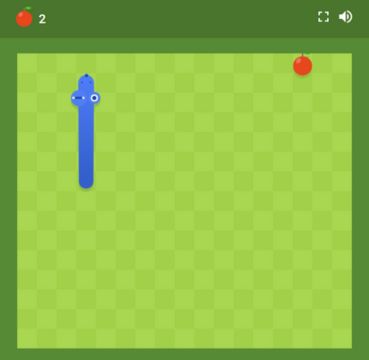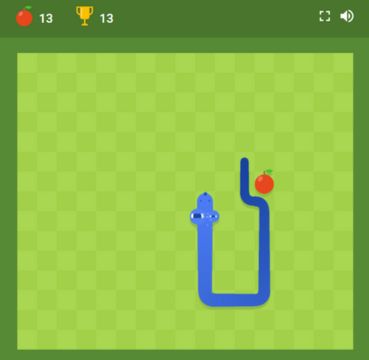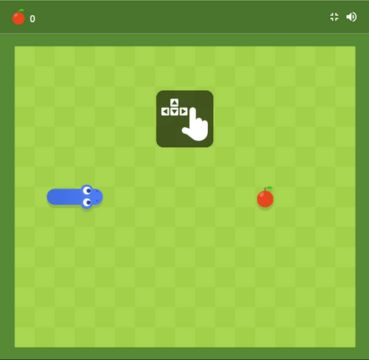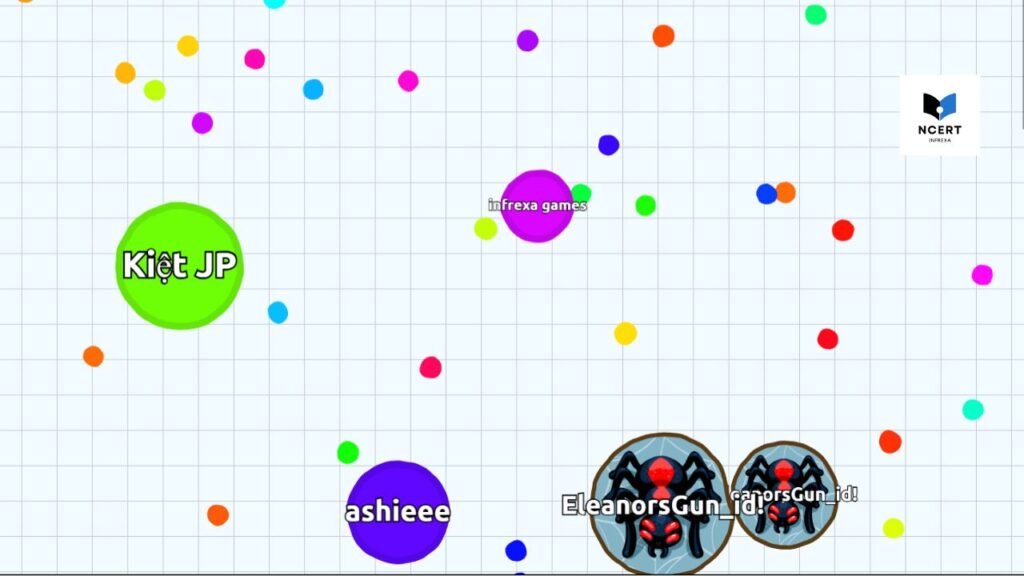The Google Snake Game is a web-based arcade classic and a permanent fixture on Google’s search page. It began as a commemorative Google Doodle on September 27, 2017, to celebrate Google’s 19th Birthday, paying homage to the original Snake game popular on early arcade machines and Nokia mobile phones.
| Key Information | Details |
|---|---|
| Developer | |
| Original Doodle Release | September 27, 2017 |
| Current Platform | Web Browser (Google Search) |
| Genres | Arcade, Snake |
| Modes | Single-player, Time Trial, Variations |
Gameplay and Objective
In the game, you control a snake and must eat items to grow longer while avoiding collisions with the walls or your own ever-extending tail. The longer the snake grows, the more challenging and tense the movement becomes.


The game ends instantly upon collision, at which point the snake visually closes its single eye to signal defeat. Your final score is displayed, detailing the number of items eaten and any achievements or trophies earned during the run.
Game Controls
Movement: Use the Arrow Keys (Left/Right/Up/Down) or WASD keys to steer the snake.
Modern Features and Variations
While the original Doodle was limited, the permanent version of the Google Snake Game is now a fully featured arcade title offering substantial replay value. For example:
Food and Scoring
Instead of just apples, the game now features multiple, randomly generated food items, each providing different point values and effects. This can be manually customized in the settings or shuffled:

- Apple: Standard growth and points.
- Melon / Watermelon: Higher points and substantial growth.
- Tacos, Donuts, or Hamburger: Special high-value items that significantly increase the snake’s length and score.
Map and Game Modes
Players can customize their experience by choosing from various settings, making the challenge scale to their preference:
- Map Size: Choose from small, medium, or extra-large maps to vary the difficulty.
- Obstacles: Some modes introduce permanent obstacles (like rocks or fences) that the snake must avoid.
- Variations: The game includes several cosmetic and functional variations, such as playing with different colored snakes, adding various hats and accessories, and experimenting with unique backgrounds.
Player Insight
One of the best aspects of the modern game is how the difficulty curve subtly shifts as the snake grows.
When the snake is small, the game often places the food item (like a watermelon) in the far corners. This forces high-risk play, demanding precise and instantaneous turns to avoid crashing into the perimeter walls. Success at this stage relies heavily on finger dexterity and quick reflexes.
However, once the snake grows large – for example, after consuming over 30 items – the dynamic reverses. The game starts placing the food items in the center of the grid. This dramatically increases pressure, as a large snake must now execute a full, calculated loop or “square path” just to safely approach the centrally located food without hitting its own body.
This transition is key to the game’s long-term challenge: the primary threat shifts from external collision (walls) to internal collision (the tail). Mastering the game requires less reliance on raw speed and more on careful, premeditated, and safe movement strategies.
Strategy and High Scores
- The key is to prioritize open space by keeping most of the map clear in front of your snake. Avoid getting trapped in tight corners, especially as your snake grows longer.
- Many experienced players follow what’s known as the “border rule,” staying close to the outer walls to create wide, open pathways in the center of the screen. This approach helps reduce the chances of sudden collisions and gives you more room to maneuver.
- At the same time, maintaining quick reflexes is essential, as you’ll often need to make sharp, split-second turns to survive in tight spaces.
You can easily access the game by typing “Google Snake Game” or simply “snake game” into the Google search bar.
Alternative
If you enjoyed Snake, try these classic alternatives: Pac-Man, Doodle Jump, or Tetris.






